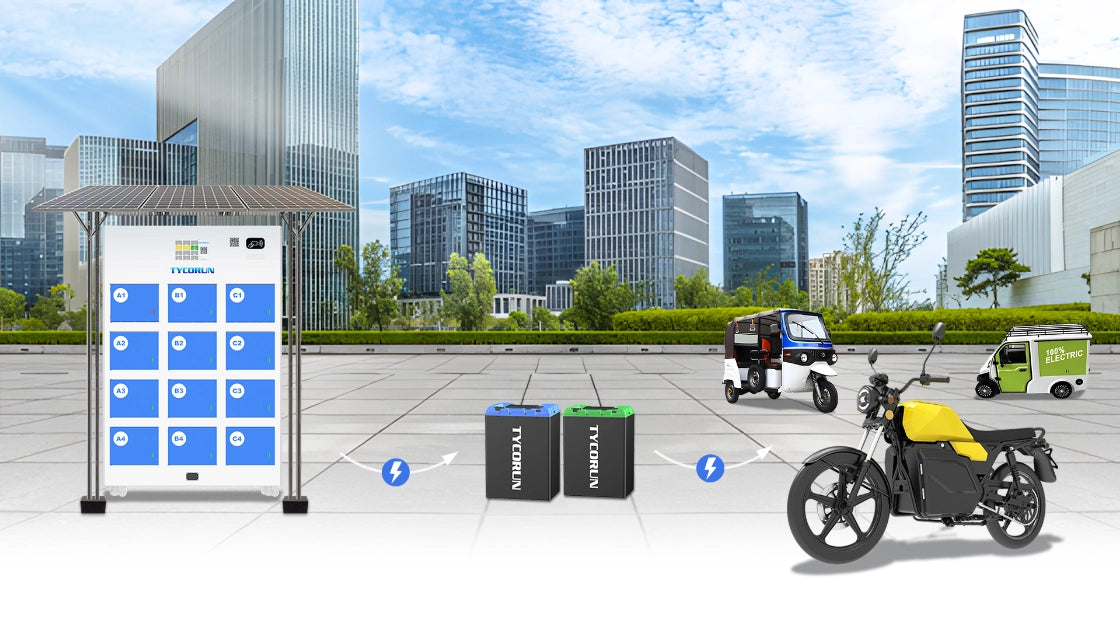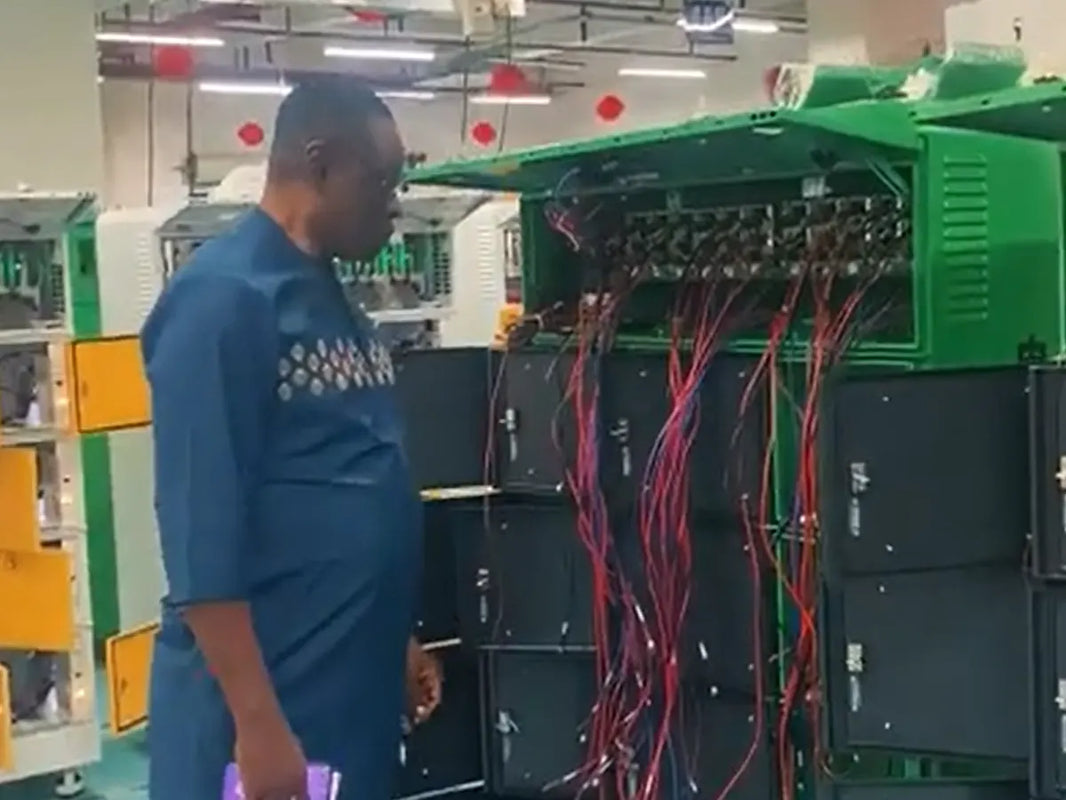
Main content:
Energy storage, as an important means of energy management, can not only help households and businesses reduce their electricity costs, but also improve energy utilization efficiency and enhance the stability of power supply. Accurately calculating energy storage capacity and evaluating the economic viability of energy storage systems are key to achieving these goals.
This article will introduced energy storage capacity from the definition, calculation formula, difference between energy capacity and power capacity, and applications of energy storage capacity.
Definition of energy storage capacity
Energy storage capacity refers to the total amount of energy that an energy storage system can store or release within a certain period of time, and is a concept of capacity. Like a bucket, energy storage capacity determines how much water it can hold.
The measure of energy storage
Megawatt hour, abbreviated as MWh in English, measures the total energy storage capacity that the system can store in an energy storage system, rather than the instantaneous power at a certain moment.
Energy is the accumulation of power over time. We know that power multiplied by time equals energy storage capacity. So, MWh is actually the product of power (megawatts) and time (hours).
For example, 10MWh means that the system can provide 10MW of electricity for one hour, or discharge for 10 hours at one megawatt of power. The total energy represented by these two situations is the same, both in MWh.
In practical applications, the MWh indicator is crucial for evaluating the performance and economy of energy storage systems. For users, understanding the MWh capacity of an energy storage system can clarify how long the system can meet their electricity demand.
For example, if a household user installs an energy storage system with a capacity of 20MWh, combined with their daily electricity consumption, they can roughly estimate the duration of the system's continuous power supply in the event of a power outage. For grid operators, MWh capacity determines the energy storage system's ability to regulate the grid and balance power supply and demand over different time periods.

The difference of energy storage capacity and power capacity
Power and energy are two closely related concepts in energy storage systems. Power describes the instantaneous energy output capability, while energy represents the total amount of energy over a period of time.
When planning energy storage projects, engineers must balance energy storage capacity(12) (total energy) and power capacity (instantaneous output). The relationship between them can be expressed in a simple formula: total energy storage capacity (MWh) = power (MW) * time (hours).
To better understand this relationship, we can illustrate it with a specific example. Assuming an energy storage system has a power of 50MW and operates continuously for 2 hours.
So, according to the above formula, the total energy of the energy storage system is 10 megawatts multiplied by 4 hours, which is equal to 40 MWh. This means that within these 2 hours, the energy storage system can absorb or release a total of 80 MWh of energy.
This relationship has a wide range of practical applications. For example, when planning an energy storage project, engineers need to determine the power and capacity of the energy storage system based on the expected electricity demand and storage duration.
If it is known that a certain region requires an energy storage system to provide 200MWh of energy within 2 hours during peak hours, then it can be calculated that the power of the energy storage system needs to reach at least 100MW (200MWh ÷ 2 hours).

How do you calculate energy storage capacity
The energy storage capacity (MWh) is determined by the total energy density and quantity of the battery pack. For example, lithium iron phosphate batteries have become the mainstream choice due to their high cycle life. A single container energy storage unit can reach 1MWh, and a single energy storage integrated cabinet currently has a mainstream battery cell of 314Ah. 1P260S represents 1 parallel 260 series, which is 260 * 314Ah * 3.2V=261kWh.
Energy storage device duration (d)=energy storage capacity (E) ÷ power capacity (P)
Energy storage projects are often labeled in the form of: XX MW/XX MWh, such as 100MW/200MWh or 125kW/261kWh (common parameters for integrated energy storage cabinets). The ratio here (200MWh ÷ 100MW=2 hours) is called the energy storage time, reflecting the duration of continuous power supply for the system. Short term energy storage (such as 1 hour) is suitable for frequency regulation, while long-term energy storage (such as 4 hours) is used for peak shaving and valley filling.
The unit price of energy storage cost in projects is usually calculated in yuan/Wh, and the total cost is divided by the MWh capacity. For example, a project with an investment of 8 million yuan and a capacity of 10MWh has a unit price of approximately 0.8 yuan/Wh. Power (MW) affects equipment costs (such as PCS), but capacity (MWh) is directly related to battery costs, accounting for more than 70% of the total investment. Here is the lithium ion battery prices for your reference, in order to have a bettery understanding of energy storage price.

When should we need to know energy storage capacity
In order to ensure more stable and environmentally friendly electricity usage, the energy storage system is like an all-around butler: it can quickly respond to peak electricity usage like a sprinter (such as ensuring stable voltage when the air conditioning is fully turned on), and can also store clean energy for a long time like a marathon runner (storing solar energy during the day for use at night). This way, whether it's a sudden increase in electricity consumption or continuous cloudy days, you can enjoy safe and reliable green electricity.
Understanding energy storage capacity and power capacity enables the selection of suitable energy storage devices to meet the electricity needs of different scenarios.
High power (MW) scenarios, such as backup power sources in data centers, require fast response to power outages, high power requirements, and low capacity demands. High capacity (MWh) scenarios, such as wind and photovoltaic power stations supporting energy storage, require long-term smoothing of output fluctuations, and capacity becomes the key. In case you may be interested in long term energy storage, here is the article for your reference.

Conclusion
MWh, as a unit of energy storage capacity, measures the total energy that an energy storage system can store or release over a certain period of time. A deep understanding of this concept is of great significance for the planning, design, operation, and cost assessment of energy storage projects. Whether it is household users choosing suitable energy storage devices or grid operators building large-scale energy storage systems, it is necessary to accurately grasp the meaning of energy storage capacity and its relationship with power capacity.
Related articles: Top 10 energy storage lithium battery companies in the world, Top 10 power battery cell manufacturers, Top 10 high-power PCS companies in the world















